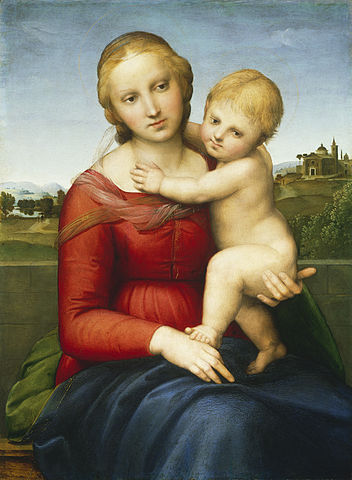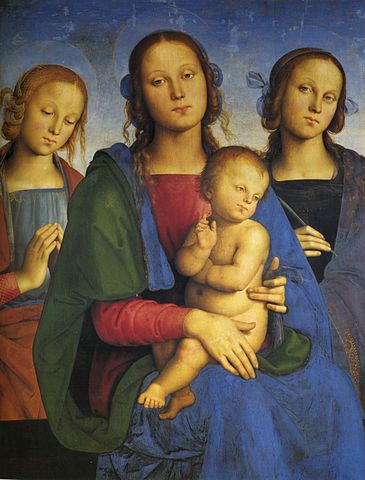 The concept of commissioning artwork during the Renaissance in Italy was the norm. Read below for what it was like for a commission during that time (my emphasis in bold):
The concept of commissioning artwork during the Renaissance in Italy was the norm. Read below for what it was like for a commission during that time (my emphasis in bold):
Renaissance art was made to order. There were no art galleries, because the concept of art made without commission, without function, and without a designated location had not yet developed. Almost all Renaissance art resulted from a commission, frequently embodied in a legal contract. Such a contract would specify, often rigidly, the materials the artist was to use, the size and shape of the object to be made, the subject of the work, the time allowed for completion, and the quality of the finished piece. Little latitude remained for anything like our contemporary ideas of the absolute freedom of the artist. Instead, the Renaissance painter or sculptor worked in a system which rigorously delineated the nature and type of his labor and carefully set standards which he was bound to uphold.
Bruce Cole, Italian Art, 1250-1550: The Relation of Renaissance Art to Life and Society, 1st ed. (New York: Westview Press, 1987).
Basically, this concept entailed a benefactor who wanted a work of art produced and who put this desire into the form of an offer, and the artist who agreed to fulfill this need. Simple supply and demand was at work during this time, yet the results were not so simple; some of the greatest  masterpieces the world has ever seen were produced in this one country during these years, beginning with the works of Giotto in the early 14th Century and continuing through Michelangelo and the other artists who defined the High Renaissance of the early 16th Century. In contrast to Renaissance works, there is little consensus about the beauty of modern art. Governmental agencies now support some artists who produce with much more “freedom” and less constrictions than their predecessors, resulting in works that do not interest – or even repulse – the general public.
masterpieces the world has ever seen were produced in this one country during these years, beginning with the works of Giotto in the early 14th Century and continuing through Michelangelo and the other artists who defined the High Renaissance of the early 16th Century. In contrast to Renaissance works, there is little consensus about the beauty of modern art. Governmental agencies now support some artists who produce with much more “freedom” and less constrictions than their predecessors, resulting in works that do not interest – or even repulse – the general public.
To what extent could modern art be affected through a commission system more in line with the economic norms of the Italian Renaissance? Would a commission system, based on sound policy and built into law, survive in modern times?


